
Biology Paper 1 (231/1)
1 Name two kidney diseases. (2 marks)
2 (a) Write the dental formula of an adult human. (1 mark)
(b) Name two dental diseases. (2 marks)
3 Give three reasons for classifying organisms. (3 marks)
4 State one use for each of the following apparatus in the study of living organisms. (a) Pooter.(1 mark)
5 The figure below illustrates a food web in a certain ecosystem.
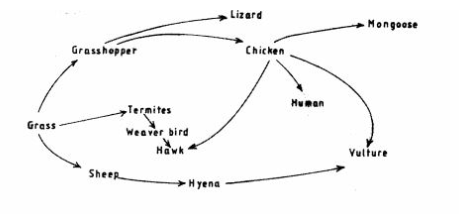
From the food web:
(a) draw the shortest food chain;(1 mark)
(b) identify the organisms with the highest (1 mark)
(i) number of predators;(1 mark)
(ii) biomass.(1 mark)
6 What is meant by the following terms‘?
(:1) Ecology.(1 mark)
(b) Carrying capacity.(1 mark)
7 The diagrams below show an experimental set-up to investigate a certain process in a plant tissue.
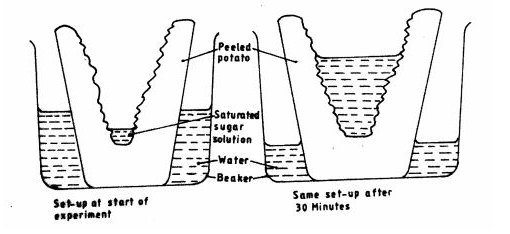
Explain the results obtained after 30 minutes.(4 marks)
8 State three characteristics of the class crustacea.(3 marks)
9 The diagrams below illustrate the organs of some flowering plants.
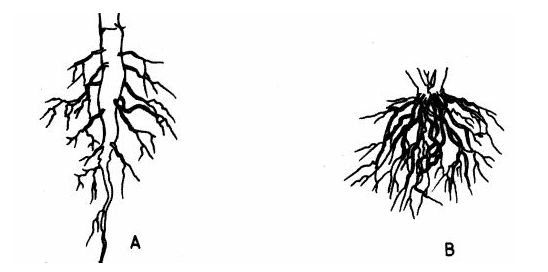
State the classes of plants to which each belong. (2 marks)
A ………………………..
B……………………… ..
10 (a) Give two differences in the products of anaerobic respiration between plants and animals. (2 marks)
(b) Name the site of anaerobic respiration in a cell. (1 mark)
11 State the functions of the following parts of a light microscope.
Fine adjustment knob.
Stage. (2 marks)
12 The diagram below represents a certain organism.(2 marks)
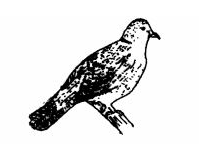
State the phylum and class to which it belongs.
Phylum …………………..
Class ………………….(2 marks)
13 State two functions of carbohydrates in the human body.(2 mark)
14 The diagram below represents a certain plant.
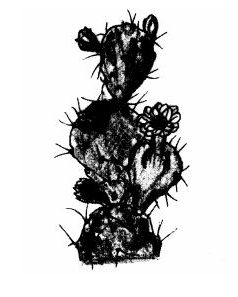
(a) What is the likely habitat for the plant?(1 mark)
(b) Give two reasons for your answer in (a) above.(2 marks)
15 Give reasons for carrying out the following procedures when preparing temporary wet mounts of plant tissues.
(a) Making thin plant sections.(1 mark)
(b) Adding water on the plant section.(1 mark)
(c) Placing a cover slip over the plant section.(1 mark)
16 (a) Describe the condition known as varicose veins.(2 marks)
(b) What is the role of blood platelets in the blood clotting process?(2 marks)
17 The diagram below represents part of the human digestive system.

(a) Name the organs labelled L and M. (2 marks)
L……………………..
M …………………….
(b) (i) Name the substance produced by the organ labelled K. (1 mark)
(ii) State the function of the substance named in b(i) above. (l mark)
18 (a) Name one salivary gland in humans. (1 mark)
(b) State two functions of saliva. (2 marks)
19 Apart from the lungs, name two gaseous exchange surfaces in a frog. (2 marks)
(b) Write an equation that summarizes the process of aerobic respiration. (1 mark)
20 The number of stomata on the lower and upper surfaces of two leaves from plant species X and Y were counted under the field of view of a light microscope. The results were as shown in the table below.

(a) Which of the two leaves would be expected to have a lower rate of transpiration? (1 mark)
(b) Give a reason for your answer in (a) above. (1 mark)
21 (a) What is meant by convergent evolution? (l mark)
(b) State two limitations of fossils as an evidence of evolution. (2 marks)
22 State the difference in content of oxygen and carbon (IV) oxide in the air that enters and leaves the human lungs. (2 marks)
23 The diagram below represents a transverse section of an ovary from a certain flower.

(a) (i) Name the structure labelled W. (1 mark)
(ii) Name the type of placentation illustrated in this diagram. ( 1 mark)
24 (a) Differentiate between the following terms:
(i) dominant gene and recessive gene; (1 mark)
(ii) continuous variation and discontinuous variation. (1 mark)
(b) What would be the expected results from a test cross? (2 marks)
25 State one economic importance of each of the following plant excretory products.
(a) Tannin.
(b) Quinine.
(c) Caffeine.
26 Name the gamete cells that are produced by the ovaries.(1 mark)
27 The diagram below represents features of a joint in a mammal.

(a) Name the part labelled A.(1 mark)
(b) State the function of the part labelled B. (1 mark)
28 (a) What is a tropic response? (1 mark)
(b) State two ways by which auxins regulate growth in seedlings. (2 marks)
29 State four reasons why water is significant in seed germination. (4 marks)
(a) Give an example of a plant whose flowers have the type of placentation named in (a)(ii) above. (1 mark)
